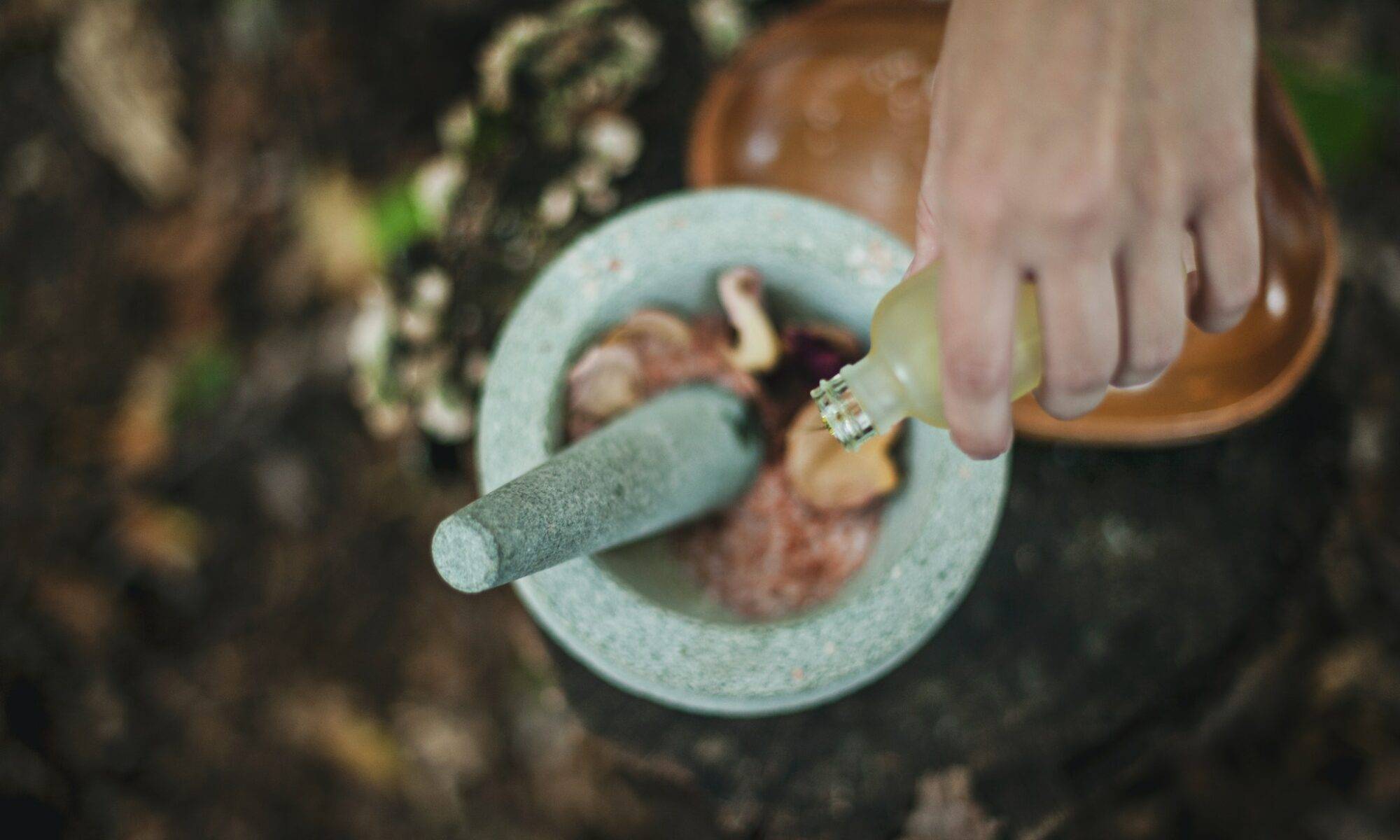Drift along the spiraling narrative of a medicinal tradition that tugs at the threads of time, pulling us back into an era where the soul of healthcare fluttered in the harmony of man with nature. Nestle comfortably within the folds of this chronicle where the ageless wisdom of Traditional Chinese Medicine (TCM) – polished and perfected over millennia – blooms like a timeless lotus amidst the pond of medical systems across the globe. We shall wade together through the labyrinth of its foundational concepts, dip our minds into the wellspring of diagnostic methodologies, learn about the restorative therapies utilized, examine the intriguing marriage of TCM with Western medicine, and delve into the benefits, efficacy, and safety considerations associated with it.
Like an intricate puzzle pieced together over centuries, TCM sprouted from the womb of ancient China, growing into a medicinal tree whose roots run deep into the soil of interconnectedness, echoing the ebb and flow of the natural world. Its core purpose revolves around the orchestration of balance and harmony within the human system, much like a symphony conductor orchestrating an ensemble to achieve a sublime musical performance.
Let’s untangle the threads of some of TCM’s foundational tenets. Picture Yin and Yang – counterparts, opposites, yet inextricably linked. Yin whispers of passivity, cooling like a tranquil moonlit night, while Yang pulses with active, warming energies, much like the midday sun. It is the dance between these forces, their equilibrium, that upholds our health.
Now, envision the Five Elements Theory as an artist’s palette, featuring the five cardinal elements: Wood, Fire, Earth, Metal, and Water. They hold specific properties, interconnections, symbolizing a cosmic code that, in TCM’s view, governs the organs and tissues of the body.
Meet Qi, TCM’s invisible life force. Imagine it flowing freely along invisible highways, the meridians, ensuring our vitality. Disruptions or traffic jams within this Qi highway are often seen as precursors to illness.
These highways, the meridians, are dotted with rest stops or acupuncture points. It’s at these junctions that the tiny needles of acupuncture lend their healing touch, aiming to restore Qi’s flow and promote healing.
Just as an artisan uses various tools to craft a masterpiece, TCM practitioners employ an array of diagnostic methods to decode a person’s health blueprint. These can range from observation and inspection – scrutinizing signs like skin texture, tongue appearance, voice quality, to palpation – feeling the pulse and body to gauge Qi’s state, detailed questioning about personal history, and listening to speech and breathing patterns. Even the body’s odors can unlock potential clues.
A TCM therapist’s repertoire brims with therapeutic techniques to restore balance and catalyze healing. Think of acupuncture as a locksmith, using keys (needles) to unblock specific points and restore the Qi flow. Or consider herbal medicine as a bespoke tailor, fashioning health formulas suited to individual needs, using nature’s abundance. Cupping therapy functions like a detoxifying agent, drawing out impurities, and Tui Na massage operates as a skilled masseuse, kneading the body to improve circulation, relieve pain, and restore balance. Exercises like Qi Gong and Tai Chi emerge as the holistic gym, combining movements, breathing, and meditation to nurture Qi, improve balance, and cultivate overall well-being.
In the evolving tapestry of healthcare, TCM is increasingly threading its way into Western medicine, giving rise to a complementary approach that leverages the strengths of both systems, painting a comprehensive picture of care.
When we consider TCM’s benefits and efficacy, we find it addressing an array of health issues, from chronic pain to mental health disorders. Like a seasoned gardener, it doesn’t merely focus on pruning the symptomatic leaves but also nurtures the root cause, promoting sustained well-being.
Nevertheless, like any medicinal approach, TCM requires due diligence. Always consult trained, certified practitioners, and inform your healthcare provider about any TCM therapies you’re undertaking to avoid potential interactions with prescribed medications.
As our exploration of TCM concludes, we find it offering a holistic healthcare vista, interlacing the mind, body, and spirit, focusing on fostering balance within. As it integrates with Western medicine, we are offered an enriched, well-rounded care pathway, utilizing the merits of both systems.
Despite all its benefits, questions arise, just as naturally as the sun. Is TCM scientifically validated? Some aspects, yes, through extensive research. But its long history, positive clinical outcomes contribute to its credibility. Can it be used with current medications? Always consult with healthcare professionals to avoid any unforeseen interactions. What about results? They differ, much like our individualities. While some might see improvements swiftly, others may need patience. Can it be used preventively? Absolutely, TCM is a staunch believer in nurturing the body’s natural healing abilities, promoting well-being, and preventing illness. And lastly, how to find a qualified TCM practitioner? Look for licensed professionals, with adequate training and membership in recognized professional associations.
Through the eyes of TCM, we see healthcare not as a battleground of illness and wellness, but as a dance of balance and harmony, a testament to the timeless wisdom of ancient civilizations.


